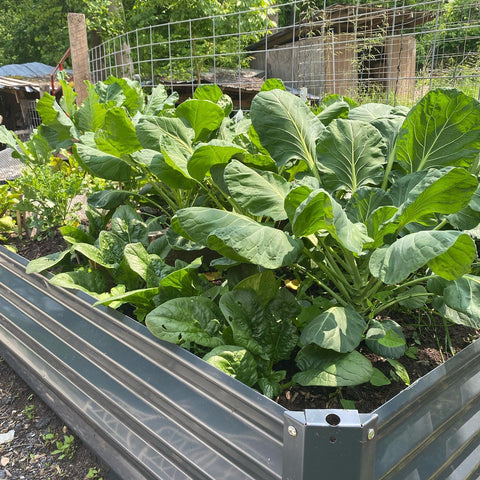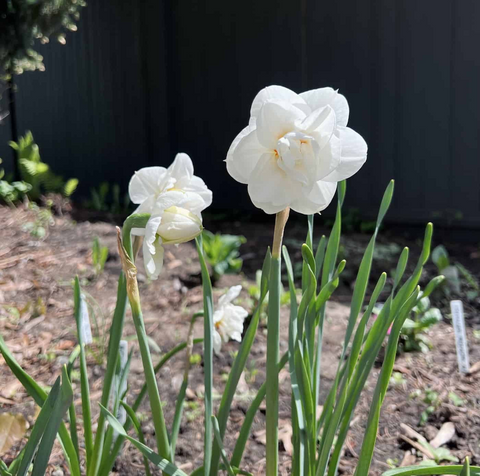The quality of soil in garden beds is essential for the healthy growth of plants. Whether you're new to the garden or an experienced gardener, it's important to know how to improve the quality of your garden bed soil. In this article, we'll explore a range of ways to help you improve your garden bed soil so that your plants thrive and your flowers bloom brilliantly.The following content also has some reference value for raised garden beds.
Soil test
Understanding the basics of your garden bed soil is the first step. You can purchase a soil testing kit, or contact your local agricultural co-op or garden center to have a professional help you test your soil for pH, nutrient content, and texture. Based on the test results, you can better develop a soil improvement plan.
Organic addition
Organic matter is essential for soil improvement. Organic materials such as decomposed compost, leaf compost, horse manure or cow manure can increase the nutrient content of the soil, improve the soil structure, and improve the water retention and ventilation of the soil. Organic matter is mixed into the soil to increase its fertility.

Fertilizer application
During the growing season, it is very important to apply the right kind of fertilizer regularly. Depending on the needs of the plant, organic or inorganic fertilizers can be selected. Organic fertilizers are released slowly and can provide a long-term supply of nutrients, while inorganic fertilizers can quickly provide the nutrients needed by plants. Be sure to follow the instructions on the fertilizer package to avoid overuse.
Maintain proper humidity
Soil moisture is essential for plant growth. Maintaining proper humidity can help plants absorb nutrients and reduce soil compaction. Using mulch, such as bark mulch or grass sawdust, helps reduce water evaporation and keeps the soil moist. Also, water regularly to meet the needs of the plant, but avoid overwatering so that the water overwhelms the roots.
Avoid soil compaction
Compaction of the soil reduces aeration and makes it difficult for plant roots to grow. Use organic mulch, loosen the soil regularly, or put in some labor to improve the texture of the soil. Avoid walking or standing on a garden bed in wet conditions to prevent compaction of the soil.
Consider soil improvers
Depending on the results of the soil test, you may consider using a soil modifier, such as lime powder or sulfur, to adjust the pH of the soil. These improvers can help you achieve a soil pH that is suitable for different plants.
Cyclic planting
Circular planting is a method of growing different plants in different seasons that helps reduce the depletion of specific nutrients in the soil. By rotating the planting of different types of plants, you can better maintain the fertility of the soil and reduce the spread of pests and diseases in the soil.
Weed control
Weeds compete for nutrients and water in the soil, so remove them regularly. Use a weeding tool or hand weeding to ensure that the roots of weeds are removed thoroughly to prevent them from regrowing. Mulch can also reduce weed growth.
Ecosystem construction
Creating an ecosystem helps maintain the health of the soil. Attract beneficial insects and birds that can help control pests and promote aeration of the soil. Planting diverse plants can attract different kinds of organisms and increase the ecological diversity of the garden.

Regular monitoring and maintenance
Finally, the soil quality of the garden bed is regularly monitored and necessary maintenance work is carried out. Check plant growth and adjust fertilizer and water supply as needed. Deal with pests and germs promptly to prevent their spread.
In conclusion, improving the quality of your garden bed soil takes some effort and attention to detail, but it will bring healthy plants and bountiful flowers to your garden. By conducting soil tests, adding organic matter, applying fertilizer properly, maintaining proper humidity, avoiding soil compaction, considering soil improvers, recycling planting, controlling weeds, establishing an ecosystem, and regularly monitoring and maintaining it, you can create a vibrant and living garden bed.









